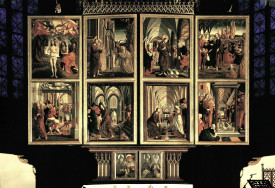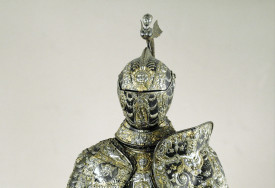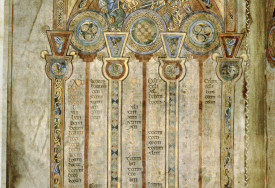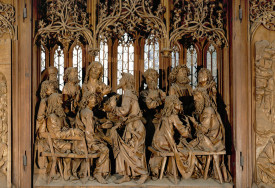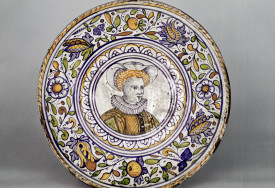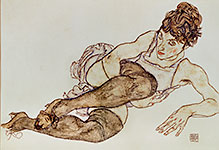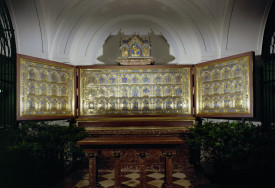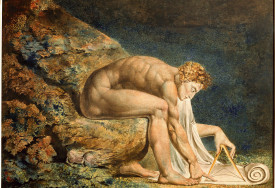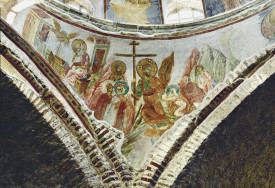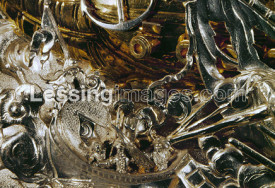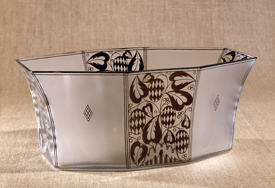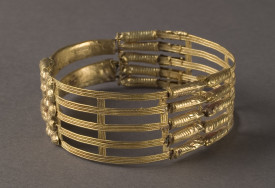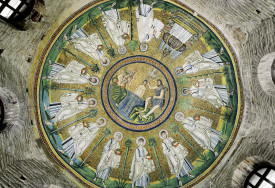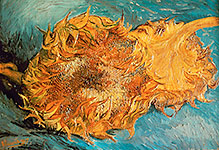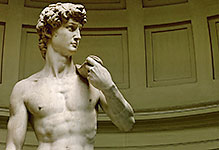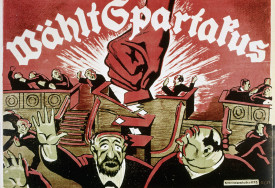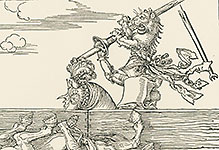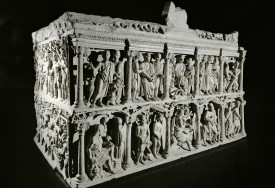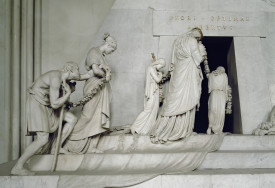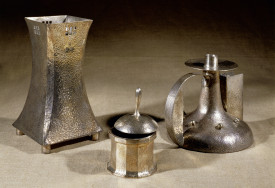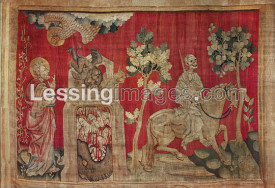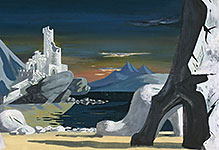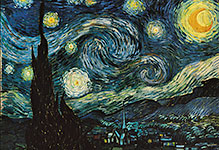
Fine Arts
Painting, Watercolour, Plastic Arts, Woodcuts, Etching, Drawing.

#030603 3
The snake charmer, 10th century. A Persian representation of the constellation O...

#030603 4
Bearer of the demon's head, 10th century. A Persian representation of the conste...

#03060311
A detail from the right of the pagoda, "Humayun's garden party", 1550-1555. Insi...

#03060312
A detail of the pagoda, "Humayun's garden party", 1550-1555. Inside the pavilion...

#03060313
A detail of the pagoda, "Humayun's garden party", 1550-1555. A line of seated gu...

#03060314
A detail of the pagoda, "Humayun's garden party", 1550-1555.A group of servants...

#03060329
Varaha with Bhu, Pahari region, North India, around 1740. The four armed Varaha...

#03060336
The Ear Cleaner, 1825. With his instruments on the ground, the ear cleaner is tr...

#03060337
A lady sits on a Eurpean chair, smoking a hookah which is placed on a European s...

#03060338
Courtesan nursing a peacock, around 1870. ID: Add Or 904

#03060339
A courtesan sitting cross-legged against a cushion on a pink carpet. Next to her...

#03060340
Two Indian courtesans wearing saris and jewellery. One smokes a waterpipe and th...
